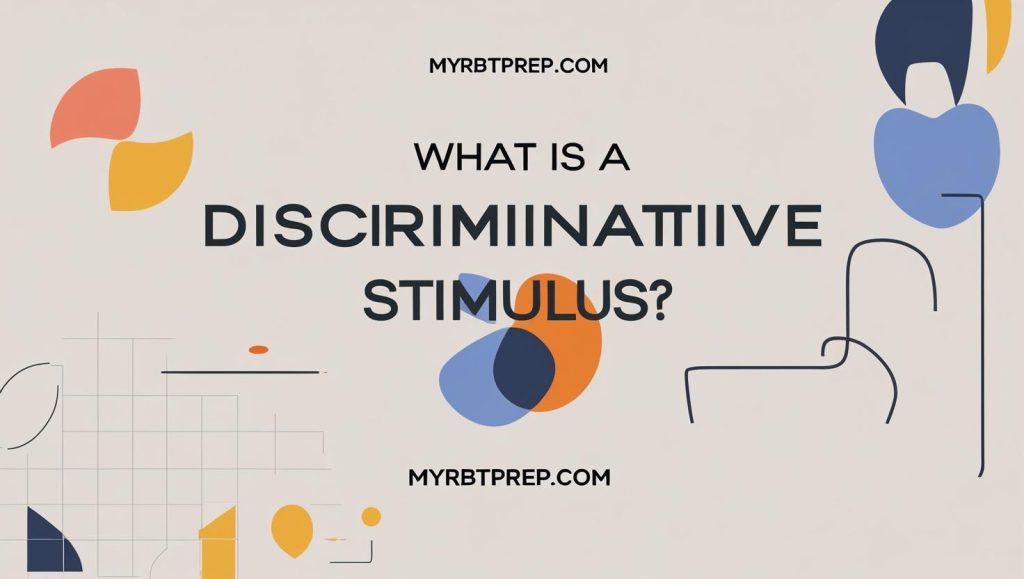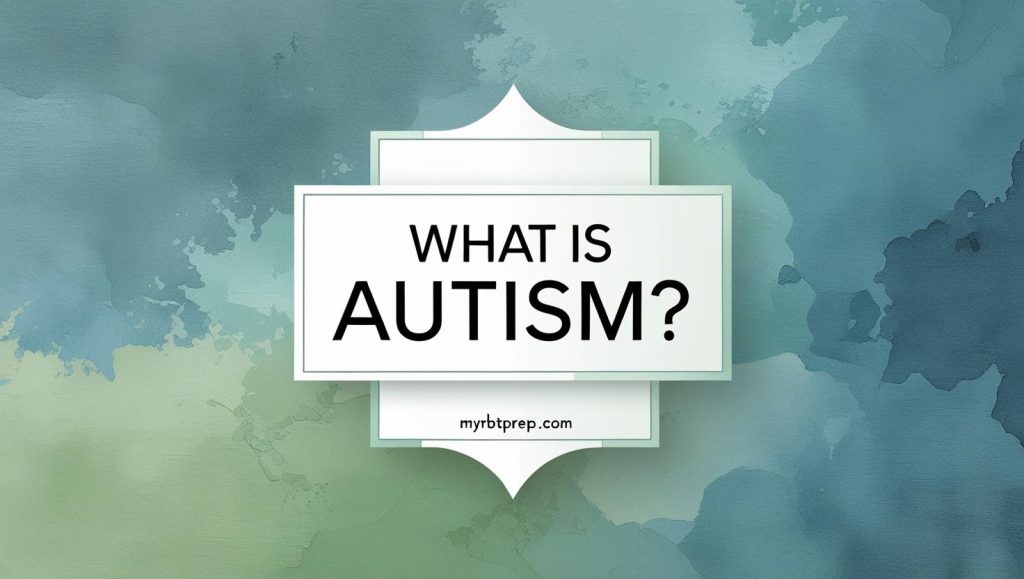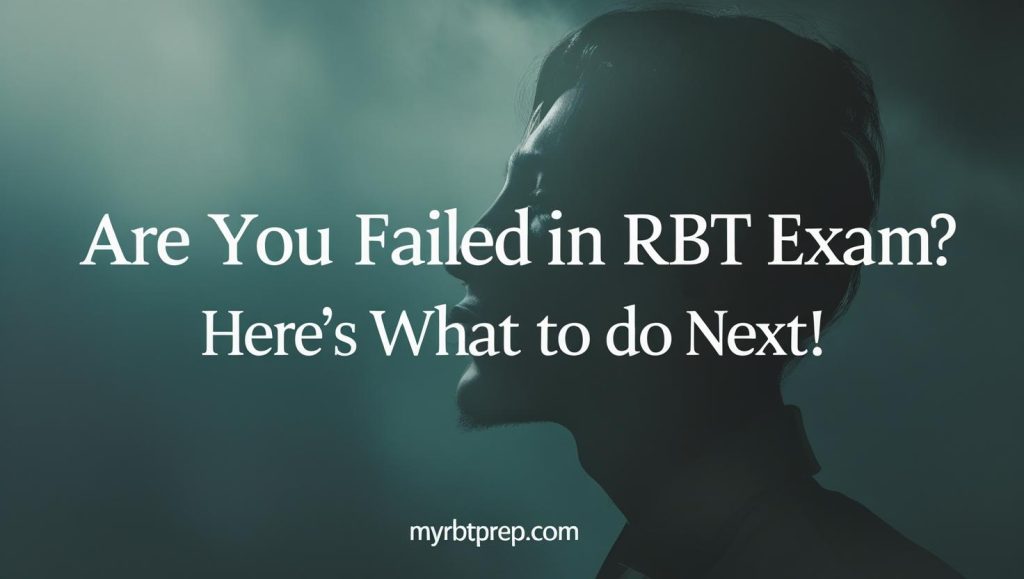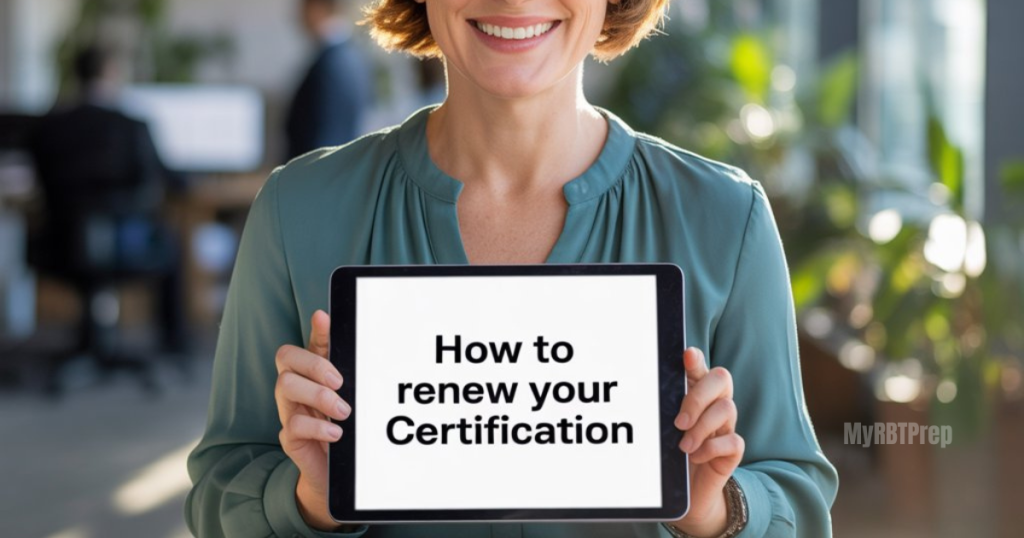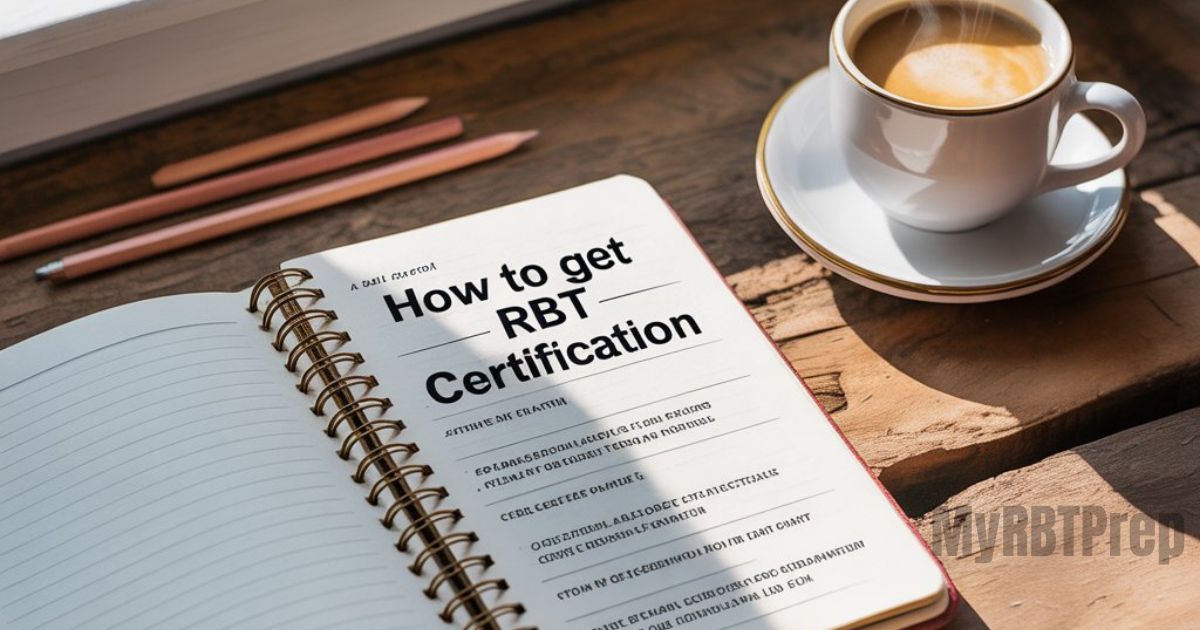
Becoming a Registered Behavior Technician (RBT) in 2025 is one of the most rewarding ways to begin a career in Applied Behavior Analysis (ABA). This role allows you to support individuals with developmental disabilities through structured behavior interventions that improve daily living and learning. The RBT certification process ensures you gain practical knowledge, ethical understanding, and the ability to apply effective strategies in real-world settings. From completing the 40-hour RBT training to passing your exam, every step is designed to prepare you for success. This guide walks you through how to get RBT certification, helping you start a meaningful journey toward professional growth and positive impact.
Step 1: Make Sure You’re Eligible
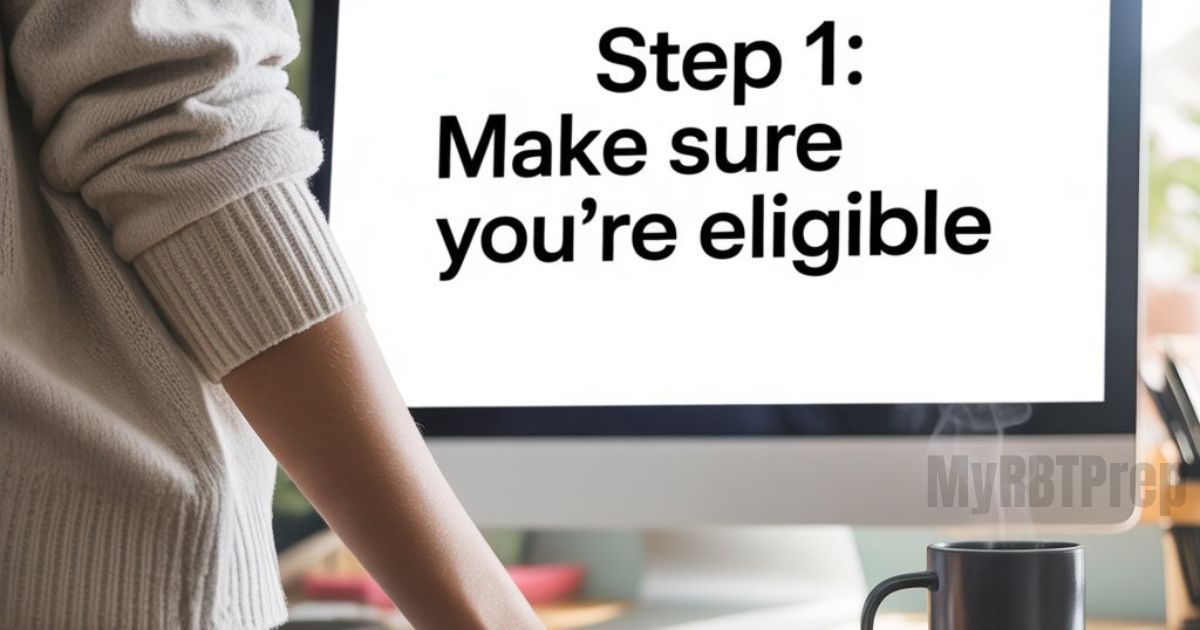
The Behavior Analyst Certification Board (BACB) requires all candidates to be 18 or older with a high school diploma and a clear background check. These RBT certification requirements ensure ethical and professional conduct in the field of Applied Behavior Analysis and special education across the United States.
If you work in schools, hospitals, or therapy centers, eligibility can align with your educator training or teacher training programs. Many school staff development plans include this step, especially in RBT training in schools supporting neurodivergent students. Meeting all conditions keeps the path toward your professional certification clear and achievable.
Step 2: Complete Your 40-Hour Training
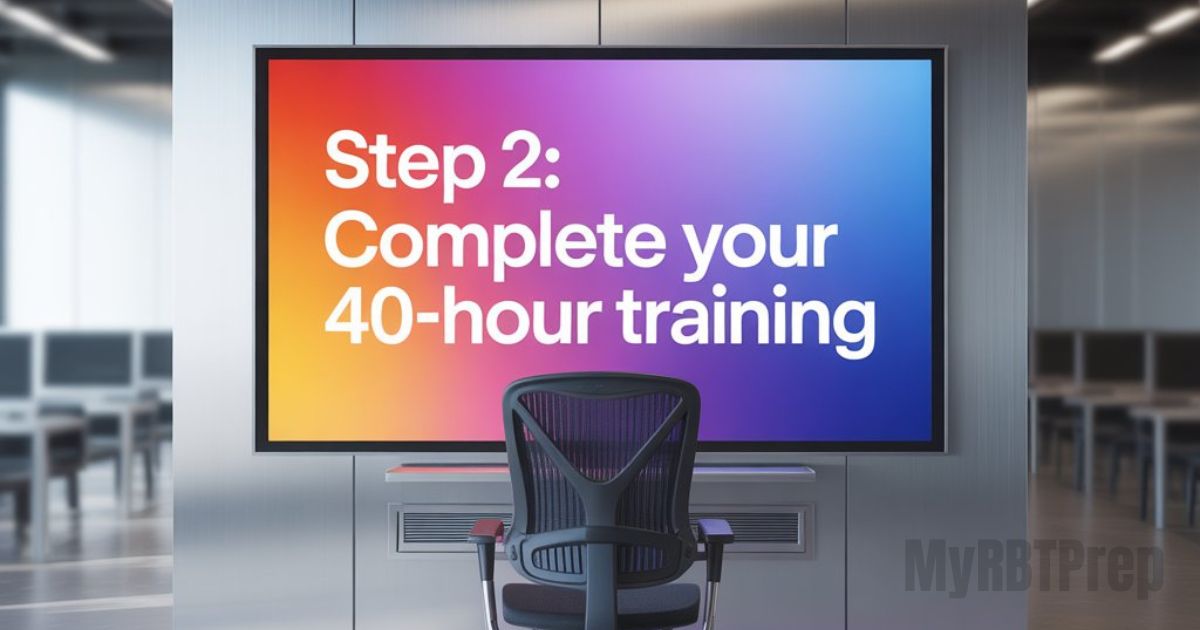
The 40-hour RBT training covers essential behavior analysis principles, ethical practices, and behavioral psychology. This foundation helps you understand human actions and how to apply evidence-based interventions for positive behavior change. The RBT Task List guides the topics you’ll master before testing.
You can take an online RBT course or choose flexible RBT training options with self-paced learning. Many programs use an online learning platform that allows a flexible schedule. Accredited providers ensure your course counts toward the official RBT certification and promotes true professional growth.
Step 3: Pass the RBT Competency Assessment
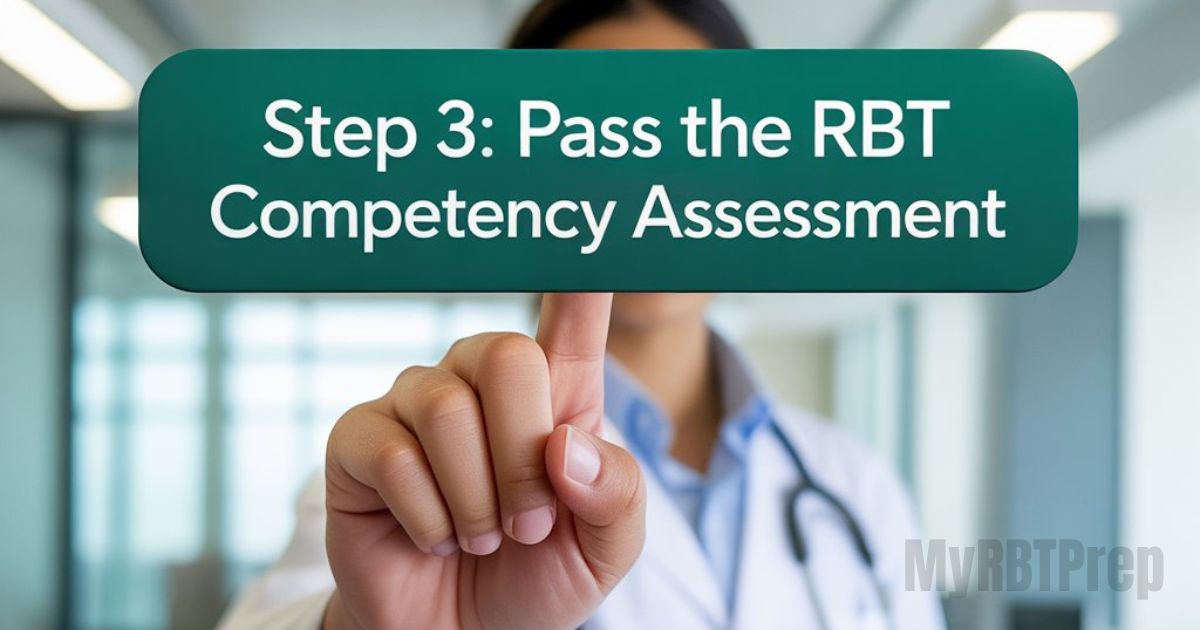
The RBT competency assessment is a hands-on evaluation led under BCBA supervision. You’ll demonstrate behavioral measurement, functional assessment, and applied behavioral techniques directly with clients. The process checks your ability to apply behavioral techniques that support student engagement and individualized education.
During this stage, you’ll handle classroom scenarios, reinforce social interactions, and apply behavior modification strategies. This ensures your skill development meets RBT program accreditation standards. Completing this step successfully proves you’re ready for the next part of your RBT certification process.
Step 4: Apply Through the BACB
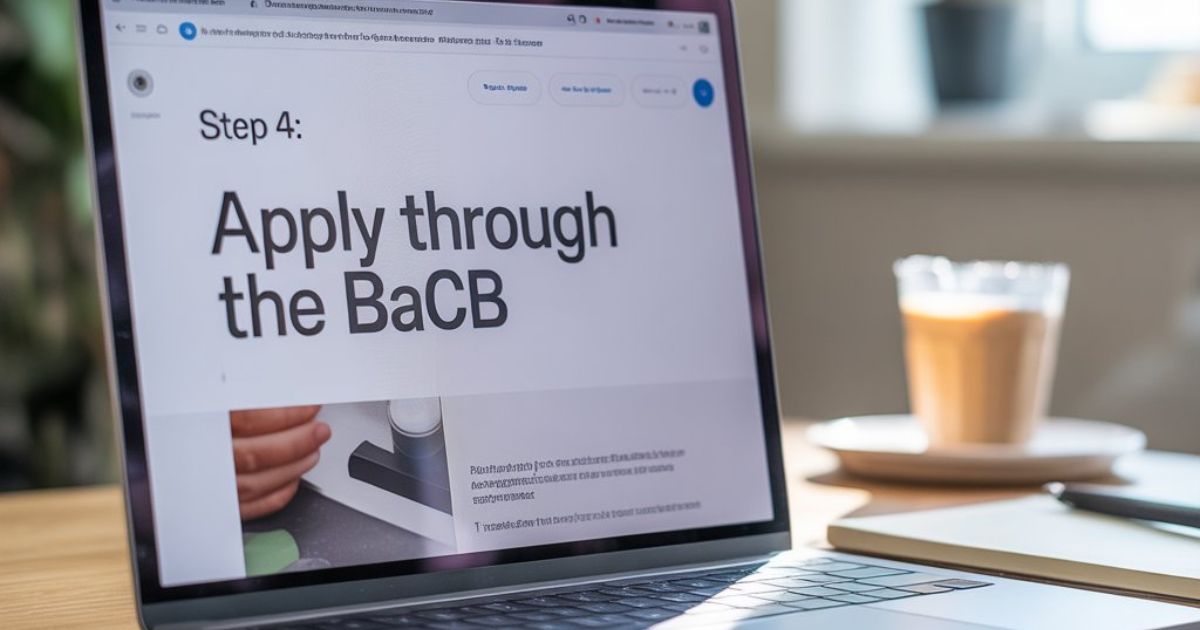
Submitting your RBT application through the BACB is your next milestone. You’ll upload proof of RBT course online completion, your assessment results, and background check details. Following their ethical practices ensures transparency and smooth processing.
The Behavior Analyst Certification Board will verify your details and guide you through scheduling the RBT exam. This part confirms that you meet every RBT certification requirement, preparing you for your final assessment. Timely applications help you progress quickly without delays.
Step 5: Take (and Pass!) the RBT Exam

The RBT exam includes 75 multiple-choice questions covering behavior analysis principles and RBT assessment process topics. You’ll be tested on functional assessment, behavioral measurement, and RBT exam preparation skills. Studying under instructor qualifications-verified trainers enhances confidence.
Passing the test shows your readiness to implement behavior interventions in inclusive learning environments. The exam validates your ability to apply positive reinforcement, follow ethical practices, and support clients through ABA therapy and applied behavioral techniques effectively.
Step 6: Start Changing Lives
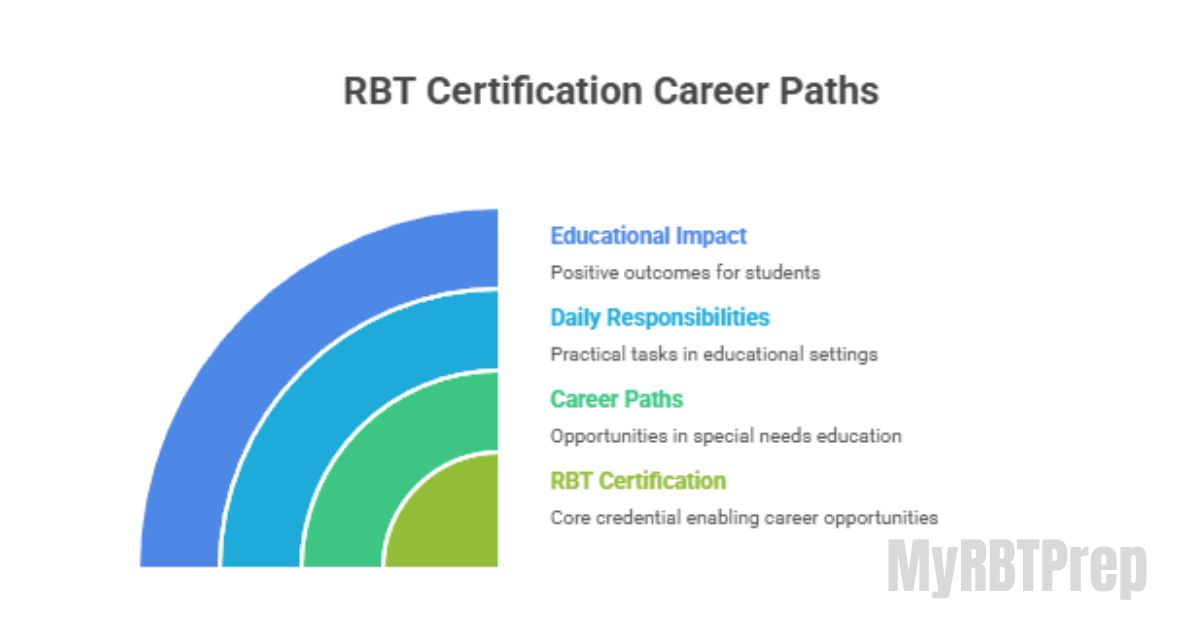
Once you’re certified, your professional certification becomes active, allowing you to begin meaningful work. RBT certification for teachers and RBT certification for paraprofessionals both create new career paths in special needs education and autism support.
In real practice, you’ll promote student support, manage classroom behavior management, and ensure collaboration in education. You’ll play a vital role in helping individuals improve social interactions and develop key life skills using behavior intervention support daily.
Get RBT® Certified with Pocket Prep
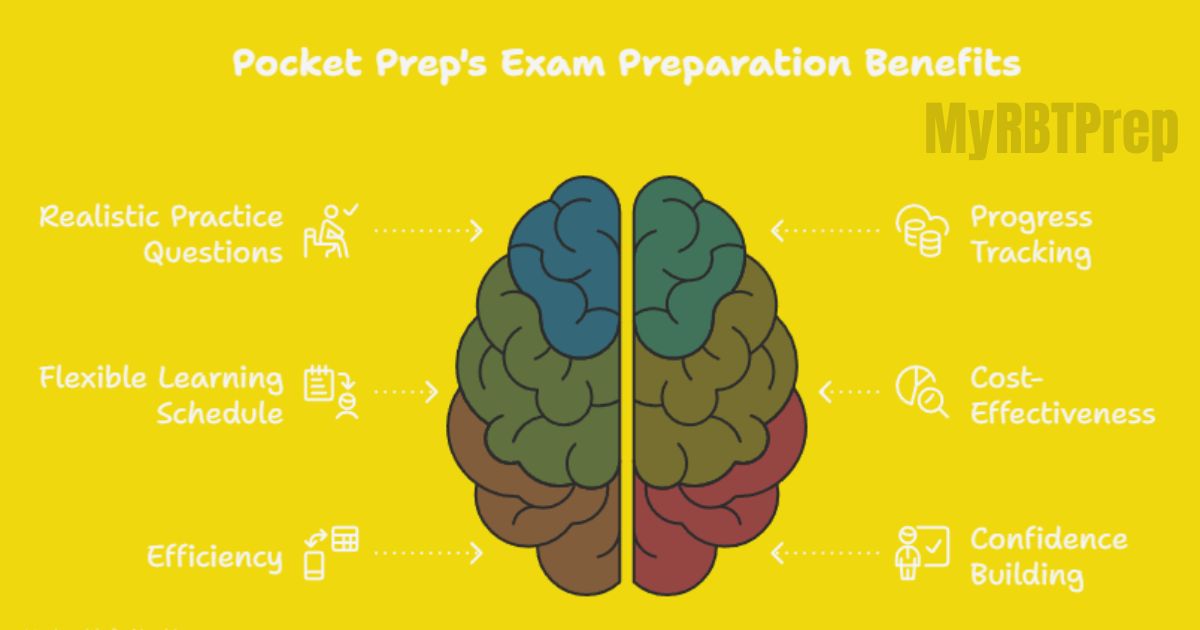
Preparation for your RBT exam can be stress-free with the Pocket Prep app. This online learning platform offers realistic RBT exam preparation questions and progress tracking tools. It’s designed for self-paced learning and works perfectly around a flexible schedule.
Thousands of candidates in the U.S. use it for cost-effective training before their RBT certification exam. Practicing daily boosts your skill development and ensures mastery of the RBT Task List content. This makes you confident when facing the real exam.
Understanding the RBT Certification Process
The RBT certification process blends educator training with practical experience. It combines theoretical knowledge from ABA therapy with field practice under BCBA supervision. Each phase ensures you master behavioral techniques that improve student engagement and lifelong learning outcomes.
Unlocking the Path to Your RBT Certification: A Step-By-Step Timeline
Most candidates complete the RBT certification within two to six months. Training, assessment, and the RBT exam form the key milestones. Candidates working full-time often choose flexible RBT training or self-paced learning for convenience.
|
Prerequisites and Requirements for RBT Certification
Before enrolling, review all RBT certification requirements. You’ll need proof of age, education, and a clean background record. Meeting these ensures compliance with BACB rules and ethical practices.
Some schools offer assistance through RBT certification for teachers and support staff. These initiatives promote inclusive teaching strategies and professional development under proper RBT program accreditation guidelines.
The Critical Role of the 40-Hour Training Program in Certification
The 40-hour RBT training forms the backbone of RBT certification. It explains behavior analysis principles, behavioral psychology, and the structure of applied behavioral techniques.
Through comprehensive curriculum design, this accredited RBT program ensures learners grasp both theory and practice. Training emphasizes professional growth, ethics, and behavior modification that shapes successful careers in Applied Behavior Analysis.
Timeline: From Training to Certification
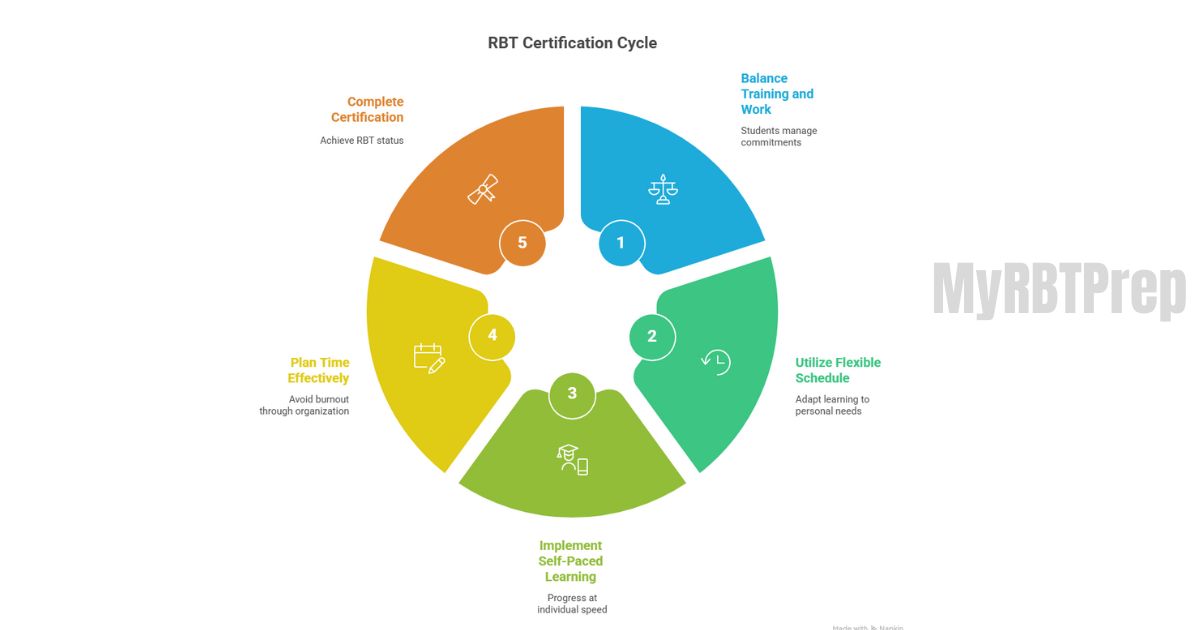
Many students balance teacher training or work commitments during certification. A flexible schedule with self-paced learning helps them progress smoothly.
Effective time planning prevents burnout. With dedication, the RBT certification process can finish in as little as eight weeks, especially when school implementation programs support staff directly.
Estimated Duration and Key Milestones in Achieving RBT Certification
The timeline varies per person, depending on study habits and RBT exam preparation. Completing your RBT training on time shortens the process.
Students who join an accredited RBT program often finish faster. The combination of behavioral techniques practice and online RBT course materials speeds up both understanding and exam readiness.
Maintaining Your RBT Credential After Certification
After passing, your RBT renewal happens annually. It requires continuing education, ethical practices, and proof of BCBA supervision hours. Staying compliant ensures long-term success in ABA therapy.
RBTs who maintain training in behavioral measurement and functional assessment strengthen their knowledge base. This dedication fosters professional growth and excellence in the field.
Cost Considerations and Options for Accreditation and Training
Becoming an RBT costs between $200–$500, depending on the RBT course online and exam fees. Some employers cover costs as part of school staff development or educator training programs.
Choosing cost-effective training and RBT program accreditation options reduces expenses. The investment leads to rewarding careers improving student support and inclusive education outcomes.
Resources and Free Options to Support Your Certification Journey
Free study guides and sample exams are available on the BACB website and community forums. These tools help with RBT exam preparation and behavioral psychology understanding.
Online resources like YouTube channels and online learning platforms provide lectures by BCBAs explaining applied behavioral techniques and real classroom scenarios in depth.
Expert Tips for Accelerating Your Certification Process
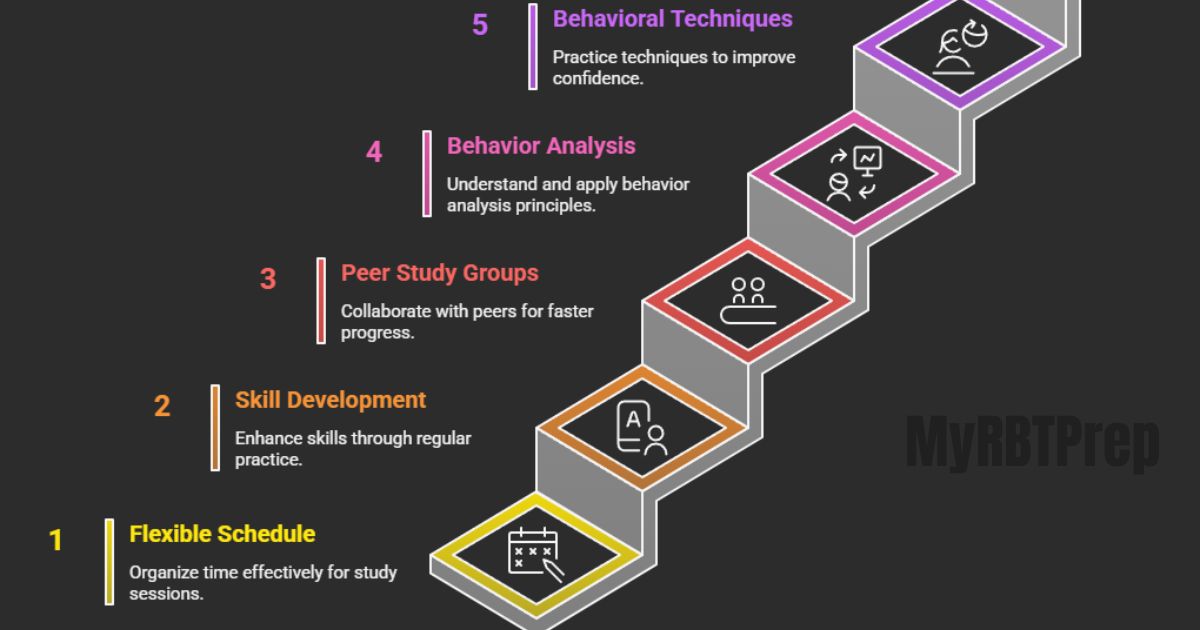
Stay organized with a flexible schedule and focus on one step at a time. Regular study sessions enhance skill development and exam readiness.
Those who join peer study groups often progress faster. Discussing behavior analysis principles and practicing behavioral techniques improves confidence during the RBT competency assessment.
Your Roadmap to Successful RBT Certification
Every candidate follows the same essential journey: eligibility, training, assessment, and examination. With evidence-based interventions and strong behavioral measurement skills, success becomes inevitable.
Staying committed to professional certification and continuing education keeps your knowledge current. The RBT certification process transforms both your career and the lives you touch.
Learn More
If you’re ready to advance in special needs education or autism support, explore U.S.-based RBT training platforms. Start an online RBT course and embrace self-paced learning designed for busy professionals.
Ready to Start?
Take the first step today. The RBT certification process is your gateway to a meaningful career in Applied Behavior Analysis. Begin your journey toward professional certification and make a real difference through inclusive teaching strategies.
Rethink Tomorrow’s Possibilities
The path of a Registered Behavior Technician goes beyond academics. It’s a promise to shape brighter futures, encourage positive reinforcement, and promote growth for every learner. Transform tomorrow with your RBT certification today.
More Recent News and Posts
Negative Reinforcement vs. Punishment: Clearing Up the Confusion
Understanding the difference between these two behavioral techniques helps professionals make effective choices. Applied behavioral techniques grounded in behavior analysis principles ensure each RBT uses reinforcement ethically to build lasting positive behavior in inclusive learning environments.
Real-Life Success Stories: How RBT Certification Transformed Careers in Applied Behavior Analysis
- “When I began the journey towards RBT, I didn’t know what to expect. I took the 40-hour training in March, was certified at the end of May, and June 2nd found a position.” — Ana, RBT®, Georgia. (ATCC®)
- I finished my bachelor’s degree 30 years ago and was terrified to jump back in … but I learned SO much from! A 40 hour online course is interesting, affordable, and convenient!” — Tracy, RBT®, California. (ATCC®)
Ana’s story illustrates how intensive training and support in an RBT program can help practitioners quickly become a Registered Behavior Technician (RBT) in a matter of months. She completed a self-paced online RBT course with education that was designed to fit around your full time day job and life routine.
Tracy’s experience is evidence that she always knew she would get back to academia in some capacity no matter how much time had passed since completing her PhD. She enrolled in the RBT training with BACB task list that included excellent clinical mentor abilities and instructor credentials. Her shift from ABA therapy and inclusive education environments is proof that even pursuing a career as an RBT is that important… especially if you wait until later in your life!
These real-life examples illustrate how RBT training, earning RBT certification – as well as having worked in an RBT job title position – can develop a career and foster professional growth, while providing effective student support to those pursuing behavior interventions in special education and autism contexts.
Apply for Your BACB RBT Certification Through the Official Website
To apply for your BACB RBT certification, you must complete all eligibility requirements and submit your application through the official Behavior Analyst Certification Board (BACB) website. The BACB oversees global standards for Applied Behavior Analysis professionals, ensuring every Registered Behavior Technician meets strict ethical practices and training guidelines. For complete details, official updates, and verification procedures, visit bacb.org
FAQS
- How many questions are on the RBT exam in 2025?
The RBT exam in 2025 includes 85 multiple-choice questions, with 75 scored and 10 unscored pilot items. - How fast can you get an RBT certification?
You can earn your RBT certification in about 1 to 3 months, depending on how quickly you complete the 40-hour RBT training and assessments. - How do I get my RBT certification in Texas?
To get RBT certification in Texas, complete a 40-hour RBT training, pass the RBT competency assessment, and apply through the Behavior Analyst Certification Board (BACB). - What are the requirements for RBT in 2026?
In 2026, RBT requirements include being 18 or older, holding a high school diploma, completing 40-hour training, passing assessments, and following ethical practices. - Can I take the RBT exam online?
Yes, you can take the RBT exam online using a secure remote proctoring system provided by the BACB.

